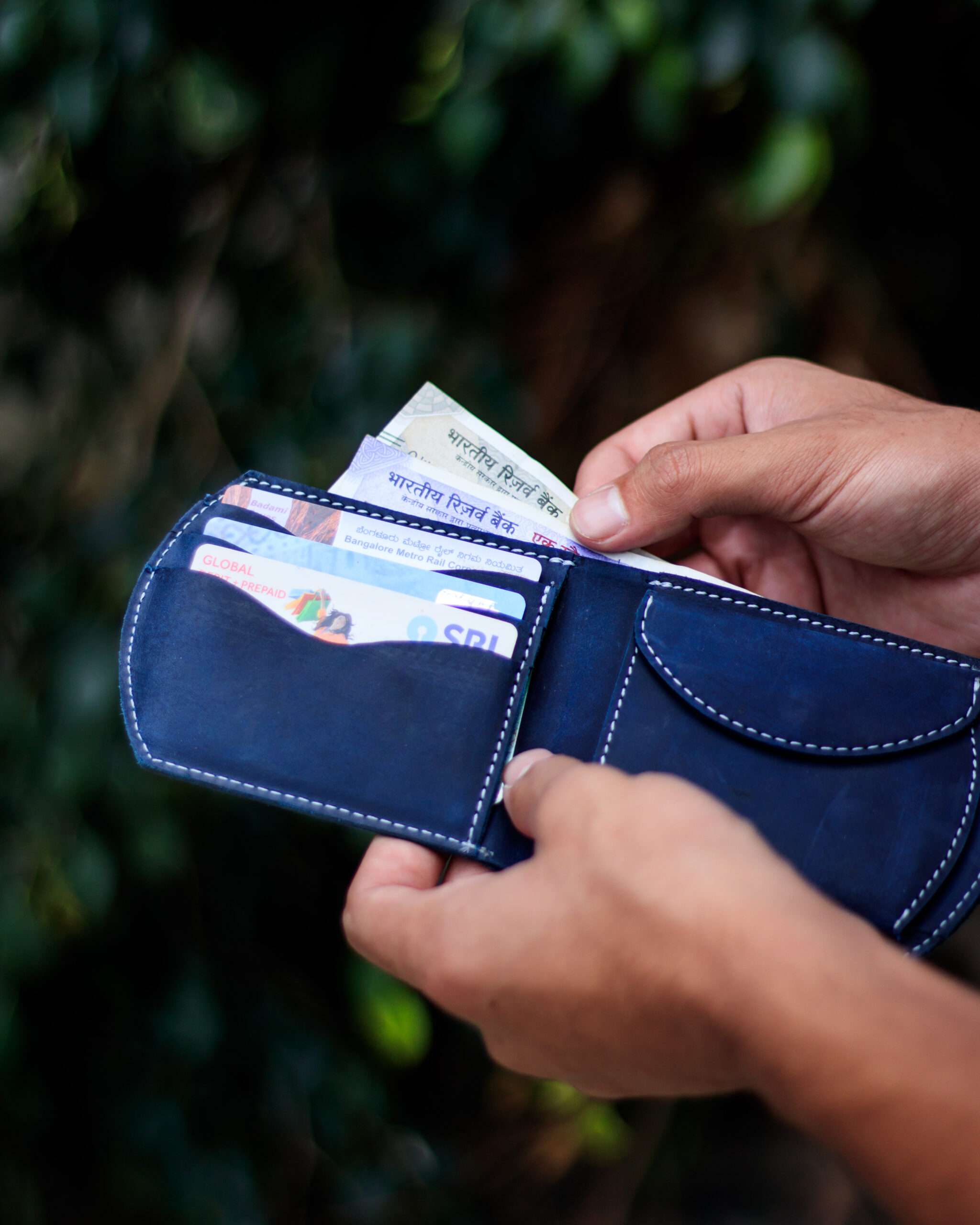Different materials have different benefits, but labels can often be confusing. This straightforward guide, sets out some common labelling descriptions and explains how to interpret them in easy-to-understand terms.
What is ‘Real Leather’?
Leather is of natural origin and made from the hide or skin of an animal.
The internationally recognised definition of leather as the International Standard Organisation (ISO) is:
Hide or Skin with its original fibrous structure more or less intact, tanned to be imputrescible, where the hair or wool may or may not have been removed.
To be clear to consumers about the origin and benefits of the materials used to make the product they are buying, the term Leather should only be used for materials that meet this definition an in some countries it is illegal to use the word ‘leather’ to describe anyting that does not.
What is Vegan Leather?
‘Vegan Leather’ does not exist according to the above definition and any material that is not of animal origin can be referred to as vegan. It is important to note that ‘vegan’ does not necessarily mean ‘natural’ and there is no relationship with the environmental impact of the product and whether or not it is biodegradable or can be recycled unless it is specifically stated.
It is deceiving to call a material ‘Vegan Leather’, but this is often done to market the material to imply it has the beauty, natural quality and long lasting benefits of leather.
‘Vegan leather’ is usually either artificial or synthetic, or one of a new variety of alternative materials.
Artificial or Synthetic Leather
Synthetic or artificial material made to look like leather are usually oil-based from fossil-fuel resources. They are usually composed of a substance made with polyester or nylon, coated with PVC or PU. Synthetic leather is not as comfortable to wear as genuine leather as it does not allow the skin to breathe in the same way. It does not have the same long-lasting qualities and is difficult to repair.
When considering the longer term effect on the environment the origin of the synthetic material together with its ability to either be recycled or biodegrade also needs to be taken into account.
Names seen on labels of synthetic goods include:
- PU Leather
- Leatherette
- Synthetic Leather
- Ultrasuede
- Faux Leather
- Pleather (plastic leather)
- Artificial Leather
Although these materials imply that they have the same natural origin and wear qualities as leather by including the term “Leather”in the name, they do not. Anyone that wishes to make a conscious purchasing decision that allows them to weigh up the quality and environmental impact of any artificial or synthetic material made to look like leather should seek out a more detailed material content.
Alternative Materials
Alternative sources for new materials are increasingly being sought and new manufacturing methods developed. They are an important addition to improving the choice of sustainable materials. For example, fruits and their skins are popular alternative materials from which to create leather imitations.
The natural components are combined or backed with other materials to give them strength or body and right now the combination material is often PU or PVC.
Names seen on labels of alternative materials include:
- Appleskin
- Cork Leather
- Pineapple Leather
- Bonded Leather
- Mushroom Leather
- Fly Leather
- Wine Leather
- Palm Leather
Natural components may be the majority product, but they can be combined with synthetic or artificial backers – the fact that the synthetic content is lower than a fully artificial material might be an acceptable compromise, but if a completely natural product is required, leather is the choice.




